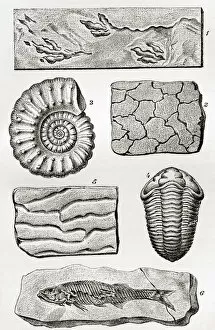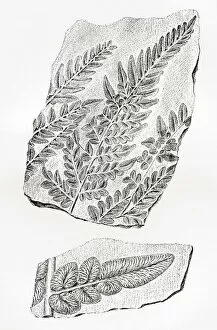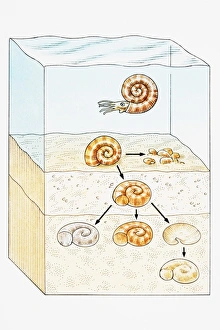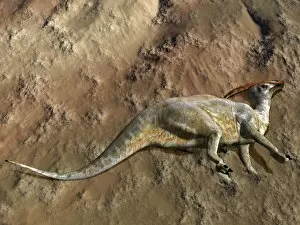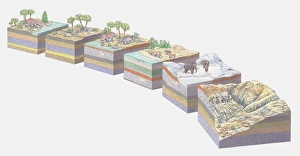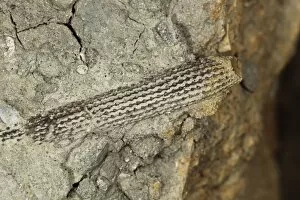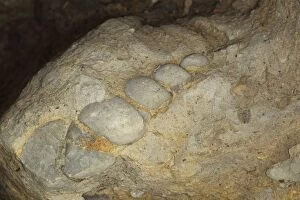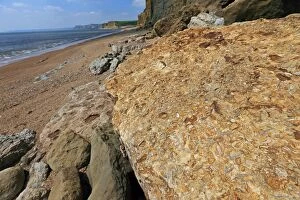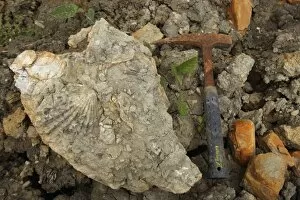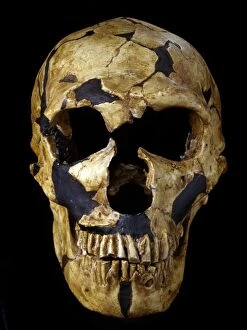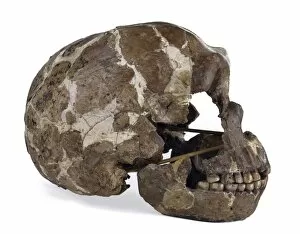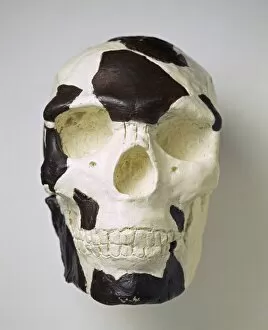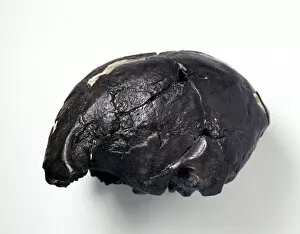Fossilization Collection
"Fossilization: Preserving the Ancient Secrets of Earth's Past" Step into a world frozen in time, where creatures both familiar and strange once roamed
All Professionally Made to Order for Quick Shipping
"Fossilization: Preserving the Ancient Secrets of Earth's Past" Step into a world frozen in time, where creatures both familiar and strange once roamed. In an asphalt lake, above and below its murky surface, lies a snapshot of prehistoric life during the fossilization process. This unique environment captures the essence of ancient existence. As we delve deeper into the realm of fossils, we uncover remarkable traces left behind by nature itself. Footprints etched in stone tell tales of birds soaring through ancient skies, while mudcracks reveal a long-lost landscape parched by time. Ammonites and trilobites emerge from their rocky tombs as silent witnesses to eons past. Ripplemarks dance across sedimentary layers like echoes from forgotten shores, whispering stories only geology can decipher. Fish swim gracefully through underwater earth layers, forever trapped in their aquatic journey towards preservation. Venturing beyond land borders, we encounter fern fossils nestled within coal formations - remnants of lush forests that thrived millions of years ago. These delicate imprints serve as reminders that even the most fragile beauty can withstand the test of time. In Italy's majestic Alps lies Lavini di Marco - home to fossilized dinosaur footprints locked within solid rock. Here stands evidence of colossal beasts that once roamed these lands with thunderous steps; their presence immortalized for us to marvel at today. Gaze upon a fallen Parasaurolophus dinosaur brought back to life through artwork; its demise marking another chapter in Earth's ever-evolving story. Witness illustrations depicting each stage in the formation process - from preservation deep underground to thrilling discovery on our own doorstep. Finally, observe how landforms evolve alongside concurrent fossilization - a Triceratops dinosaur becoming part of geological history amidst shifting landscapes and changing timescales. Fossilization is more than just petrified remains; it is an intricate tapestry woven over millennia by the forces of nature.




